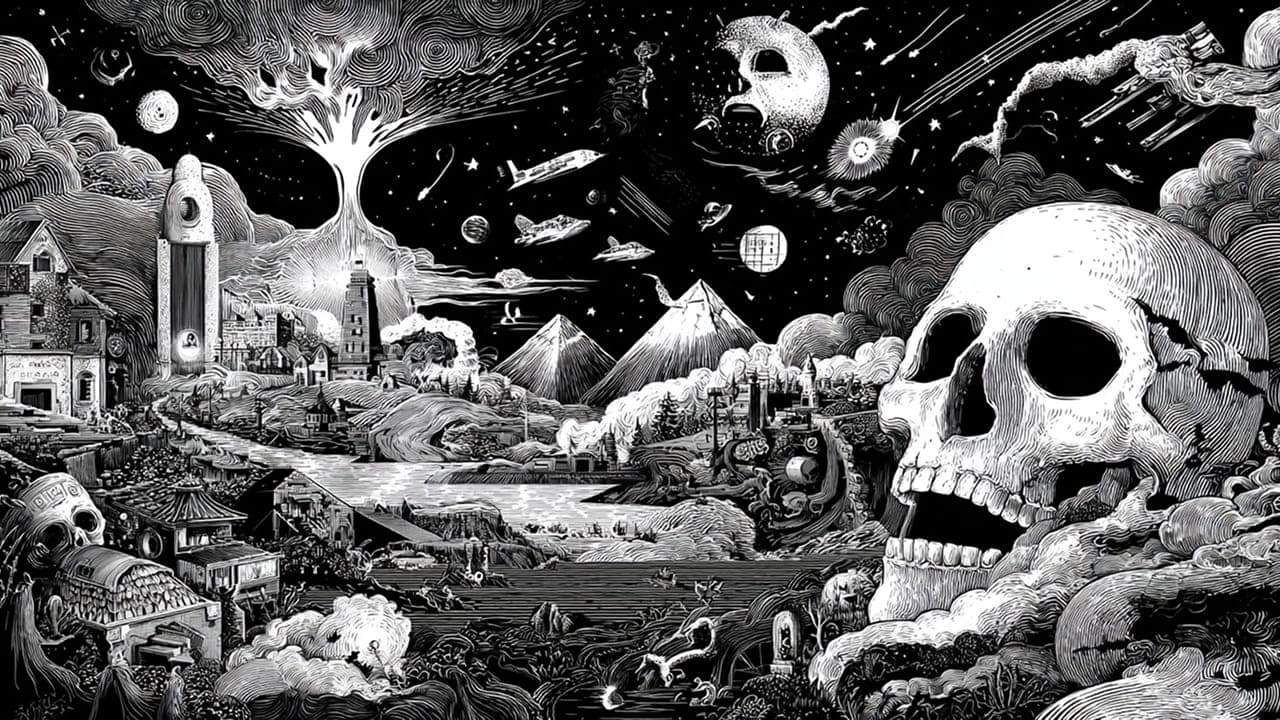BlogSeptember 13, 2025The split internet: dead, alive, and ours to build

-
The mass internet, dominated by tech giants, optimized for ads, surveillance, and endless consumption.
-
The high-agency internet, where small teams and solo builders use cheap infrastructure, open-source leverage, and niche communities to create weird, opinionated tools for each other.
It’s a split that will define the next decade. And if you’re building today, you need to know which side you’re on.
The collapse of cost and the rise of agency
- To prove an idea, you need ten people who care enough to use it.
- To build a modest living, you need a hundred.
- To create a comfortable, stress-free life, you need a thousand.
Indie SaaS founders are doing this right now. People you’ve never heard of are making $10k, $30k, $80k a month solving one tiny problem for one tiny niche. No press coverage. No venture funding. Just a small circle of customers who care.
This doesn’t mean scale is dead. It means scale is relative. And it’s finally achievable without selling your soul to investors or the ad economy.
There’s a phrase you may have seen floating around: the Dead Internet Theory. At its extreme, it claims that much of the web is now bots talking to bots, with real human voices drowned out by algorithmic sludge. Whether or not you buy the literal claim, you can feel its spirit every time you scroll TikTok or YouTube or X.
The mainstream internet feels lifeless.
The same recycled takes. The same engagement-bait hooks. The same algorithm shaping what you see, what you think, what you buy. It’s efficient, endless, optimized — and hollow. You don’t discover anymore. You’re fed.
That’s the “dead” internet: mass-scale, hyper-efficient, but emptied of soul.
At the same time, something else is happening in the margins. A different kind of internet is being built quietly, outside the spotlight. Small communities forming around strange interests. Indie creators publishing tools that don’t make sense to anyone outside their niche. Designers and developers putting out weird, opinionated projects that would never pass a corporate product meeting.
It feels alive in a way the mainstream web no longer does.
This is the split internet: one half optimized for surveillance and consumption, the other for creation and agency.
The strange thing is that tech giants are not the vulnerable ones here. Google, Apple, Amazon, Microsoft — they’ve already won. They own the infrastructure, the platforms, and the attention of billions. If anything, they’ll only get stronger as AI makes their moats deeper.
The ones in danger are mid-sized companies. The bureaucratic, bloated entities with too many managers, too much overhead, and too little focus. The companies that can’t ship fast enough to matter, but can’t shrink lean enough to survive.
This is where the indie wave is hitting hardest.
A solo dev today can do what once took an entire team. Not by outbuilding giants, but by outfocusing them. By solving one pain point with clarity and speed, while the incumbents drown in process.
When code is cheap, labor loses value. The future doesn’t belong to companies that can afford the most coders. It belongs to the individuals and teams who can make the right things with the least wasted effort.
When code is cheap, labor loses value.The future doesn’t belong to companies that can afford the most coders. It belongs to the individuals and teams who can make the right things with the least wasted effort.
The Design Engineers WeeklyA single post like this every week — delivered to your inbox More from the Stage